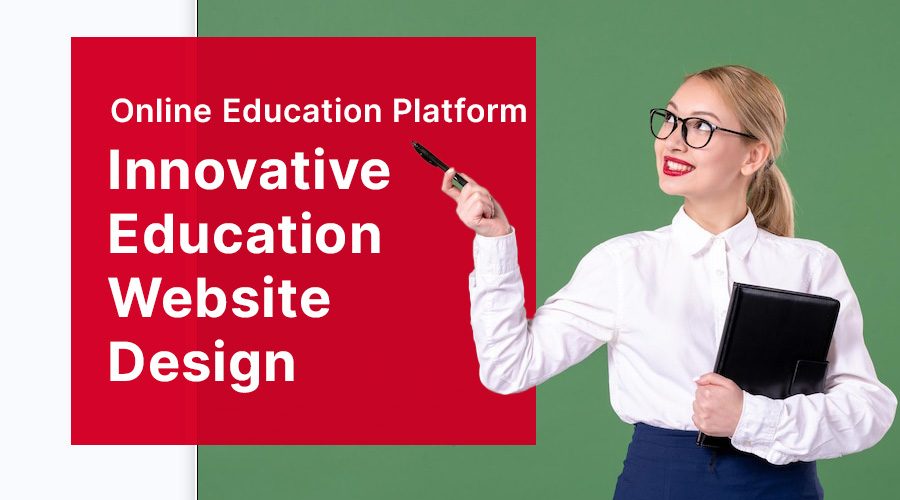Introduction
In the ever-evolving digital era, where everyone’s glued to their screens and tapping into the limitless expanse of online resources, education is no exception. A surge in online learning platforms has set a new precedent, changing our perspectives on traditional education. But what’s the secret sauce behind these engaging, addictive, and intuitive platforms? Hold your breath, for it’s all in the web design. Let’s unravel this intriguing world of innovative web design in online education platforms, and see what makes them tick.
Table of Contents
- The Importance of Web Design in Online Education
- User Interface (UI) Design: Simplifying Learning
- User Experience (UX) Design: Enhancing Interactivity
- Accessibility and Inclusivity in Web Design
- Futuristic Web Design Trends in Online Education
The Importance of Web Design in Online Education
Ever heard the saying, “First impressions last?” Well, it’s as true for humans as it is for websites. The web design of your online education platform is the first thing users interact with. It’s like the window display of a store, enticing potential customers to walk in.
The web design of an online education platform not only sets the visual appeal but also dictates the ease of navigation, clarity of information, and overall user engagement. The aim is to create an atmosphere conducive to learning, and innovative web design plays a critical role in achieving this objective.
User Interface (UI) Design: Simplifying Learning
Imagine walking into a library where books are strewn all over the place, with no signs or indexes. Quite chaotic, isn’t it? That’s precisely how users feel when confronted with a poorly designed website. User Interface (UI) design works towards simplifying this chaos.
UI design ensures all elements of the platform, such as buttons, icons, typography, and images, are visually harmonious and easily navigable. It’s about reducing cognitive load, so learners can focus more on absorbing knowledge rather than figuring out where to click next.
User Experience (UX) Design: Enhancing Interactivity
Ever wondered why some online courses feel like a breeze, while others feel like trudging through a swamp? The secret is in the User Experience (UX). UX design is like a friendly guide on your learning journey, ensuring you reach your destination smoothly.
UX design emphasizes understanding users’ needs and crafting a seamless, interactive learning experience. It includes elements like user-friendly navigation, fast loading times, intuitive layouts, and engaging content. It’s not just about what users see, but how they feel while using the platform.
Accessibility and Inclusivity in Web Design
In an ideal world, learning opportunities should be universal, right? But, what if your online platform is only accessible to a limited group of people? That’s where the concepts of accessibility and inclusivity come in.
Designing with accessibility in mind ensures that everyone, including people with disabilities, can easily use the platform. On the other hand, inclusivity in web design refers to creating a platform that caters to a diverse audience in terms of age, language, cultural background, etc. In essence, it’s about making online education a level playing field for all.
Futuristic Web Design Trends in Online Education
The world of web design is dynamic, with new trends popping up now and then. So, what’s on the horizon for online education platforms? Here’s a sneak peek.
Artificial Intelligence and Machine Learning are set to personalize learning experiences further. Immersive technologies like AR and VR will create realistic virtual classrooms. Also, the rise of mobile learning calls for responsive design that looks great on any screen size. It’s an exciting time to be a part of the online education industry, isn’t it?
Conclusion
Web design has emerged as the unsung hero in the success of online education platforms, fostering an environment that makes learning enjoyable, easy, and efficient. Here at Webnobby, we’re all about combining creativity and technology to craft web designs that not only look great but also resonate with your audience. So, if you’re ready to take your online education platform to the next level, we’re just a click away!


